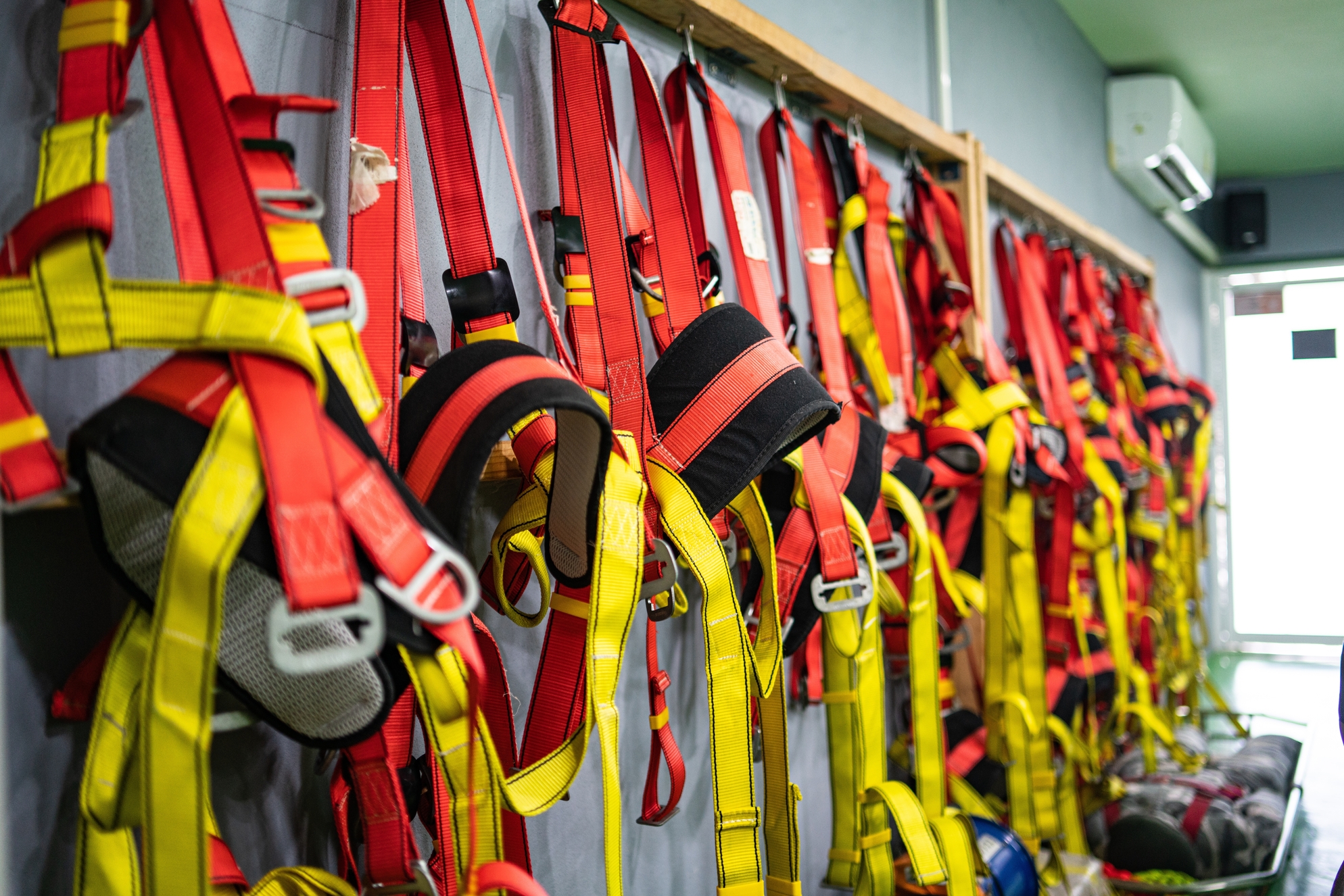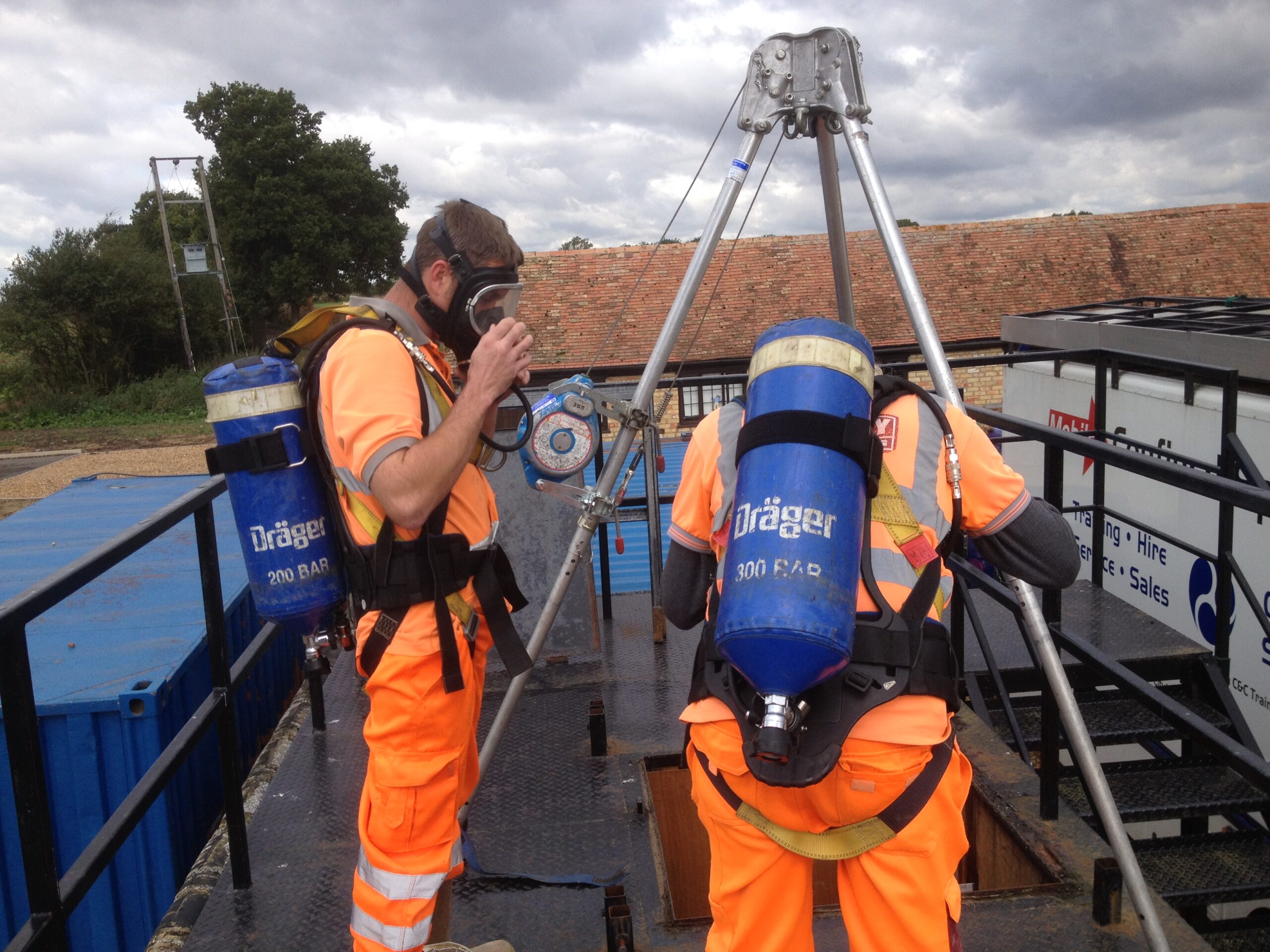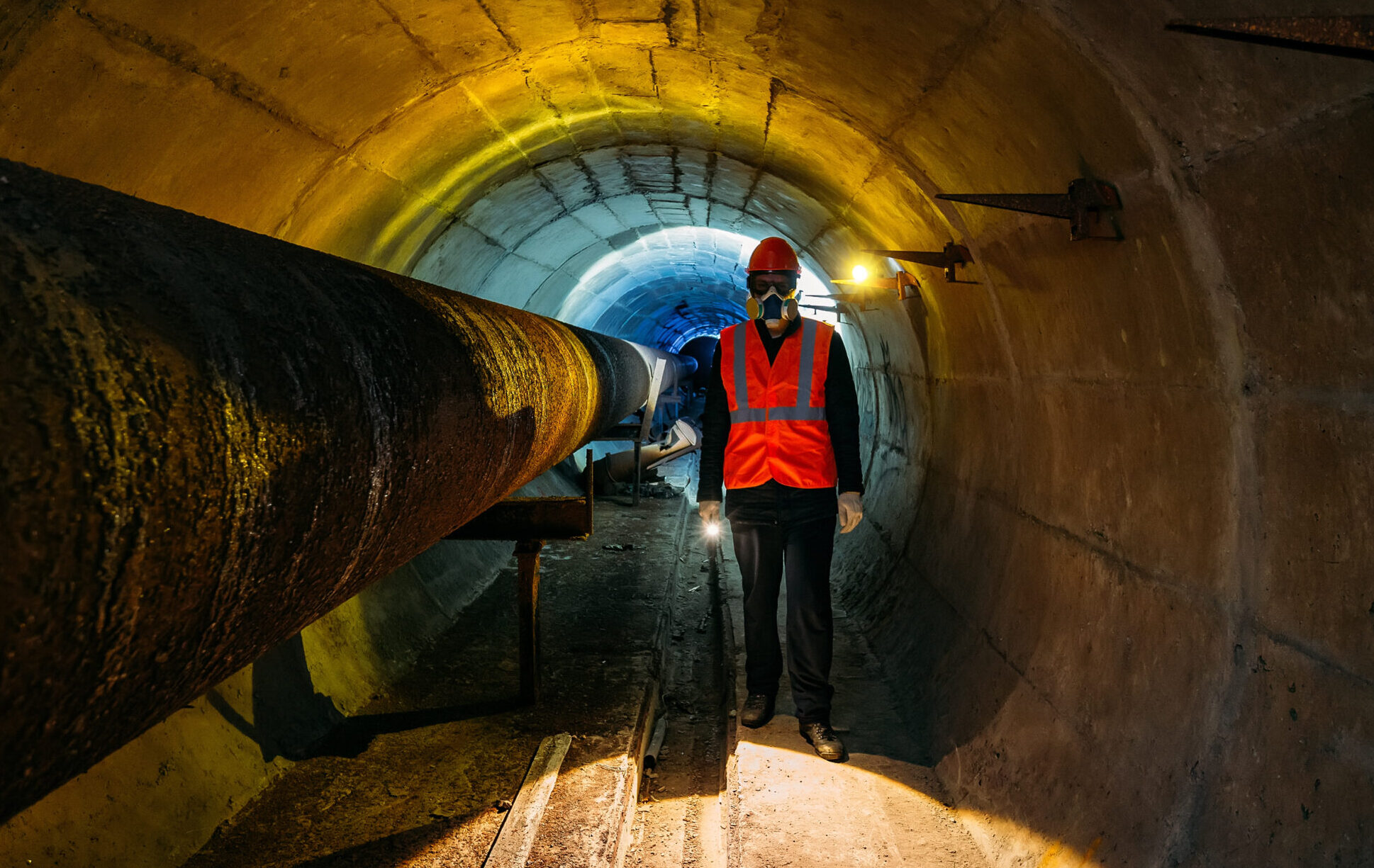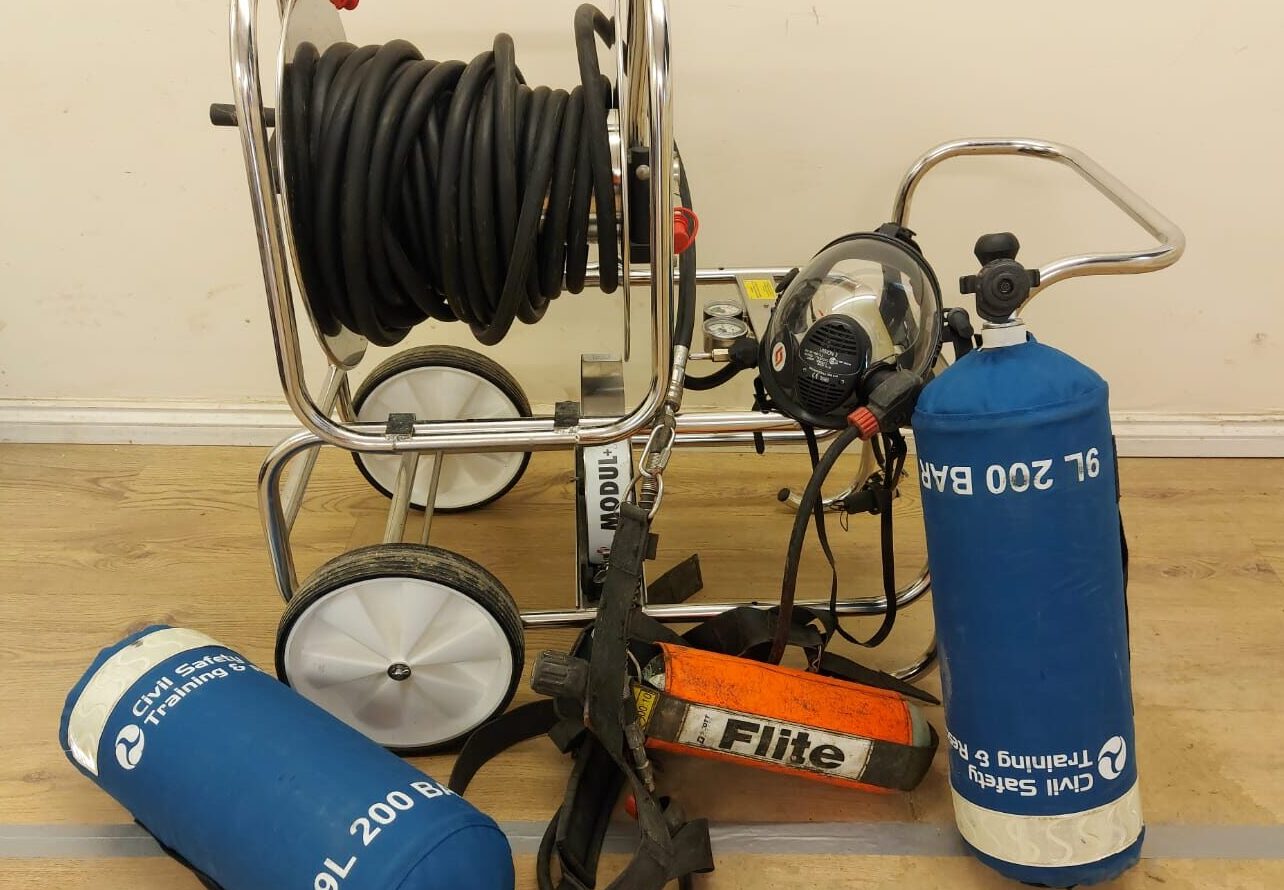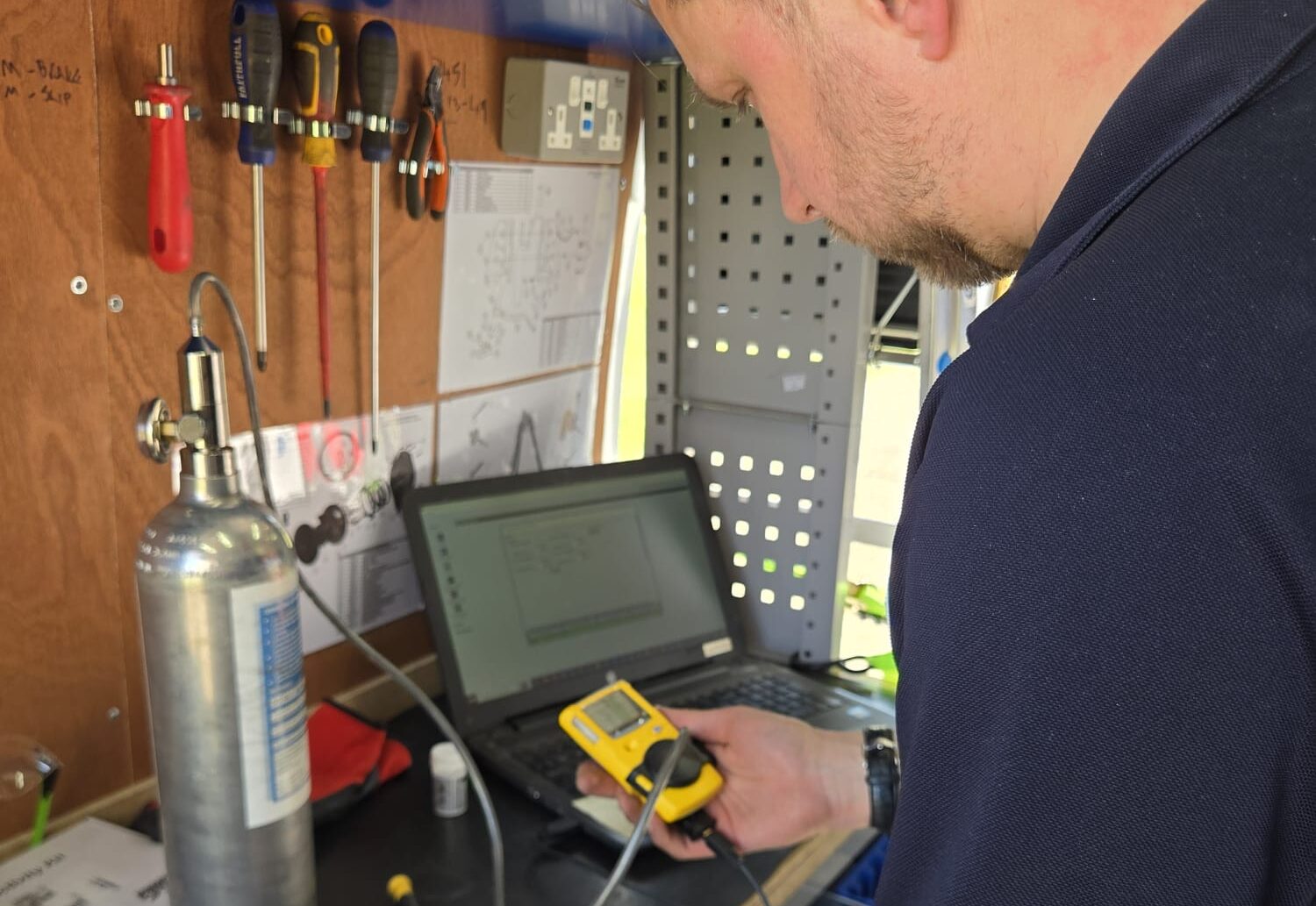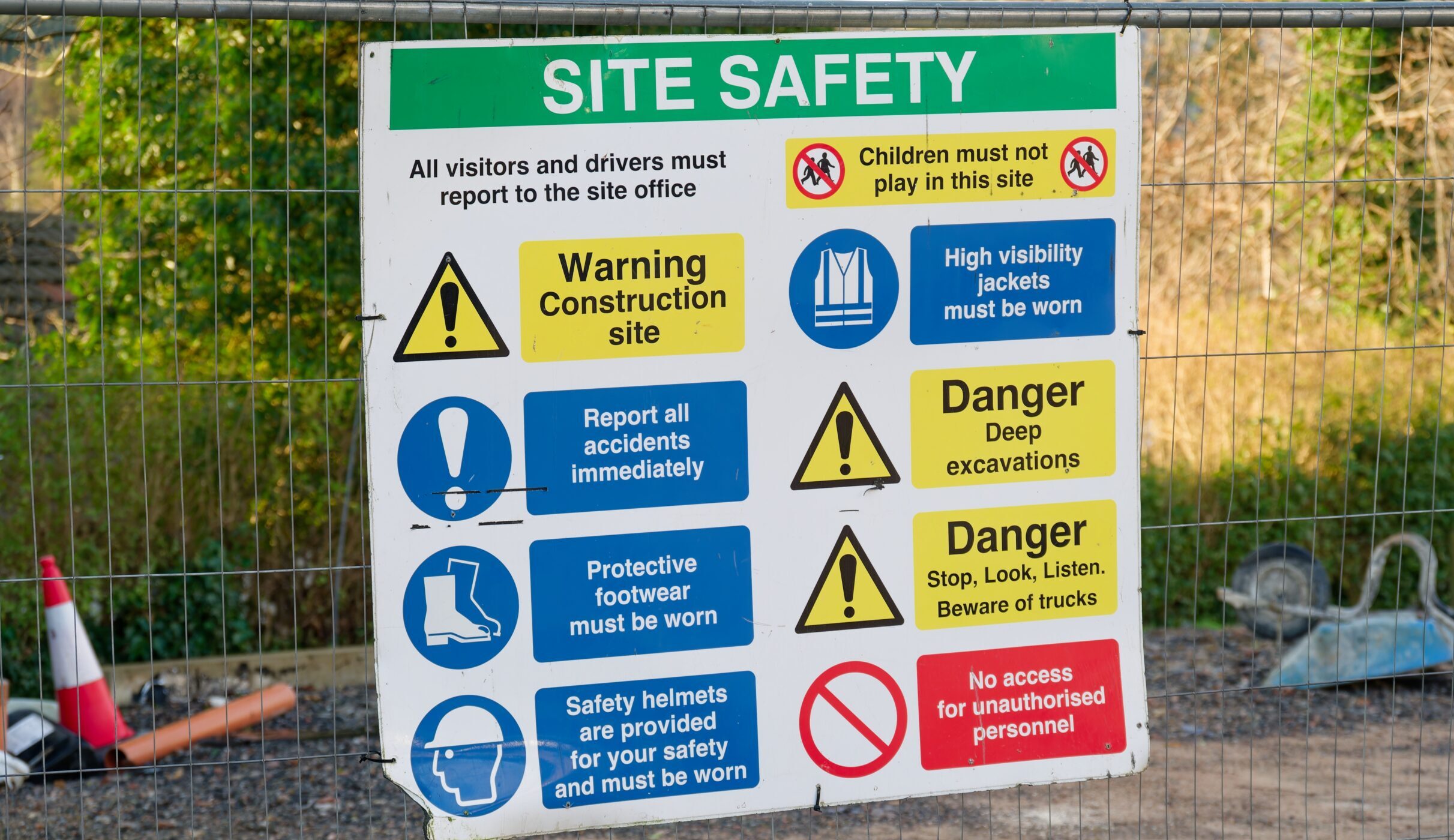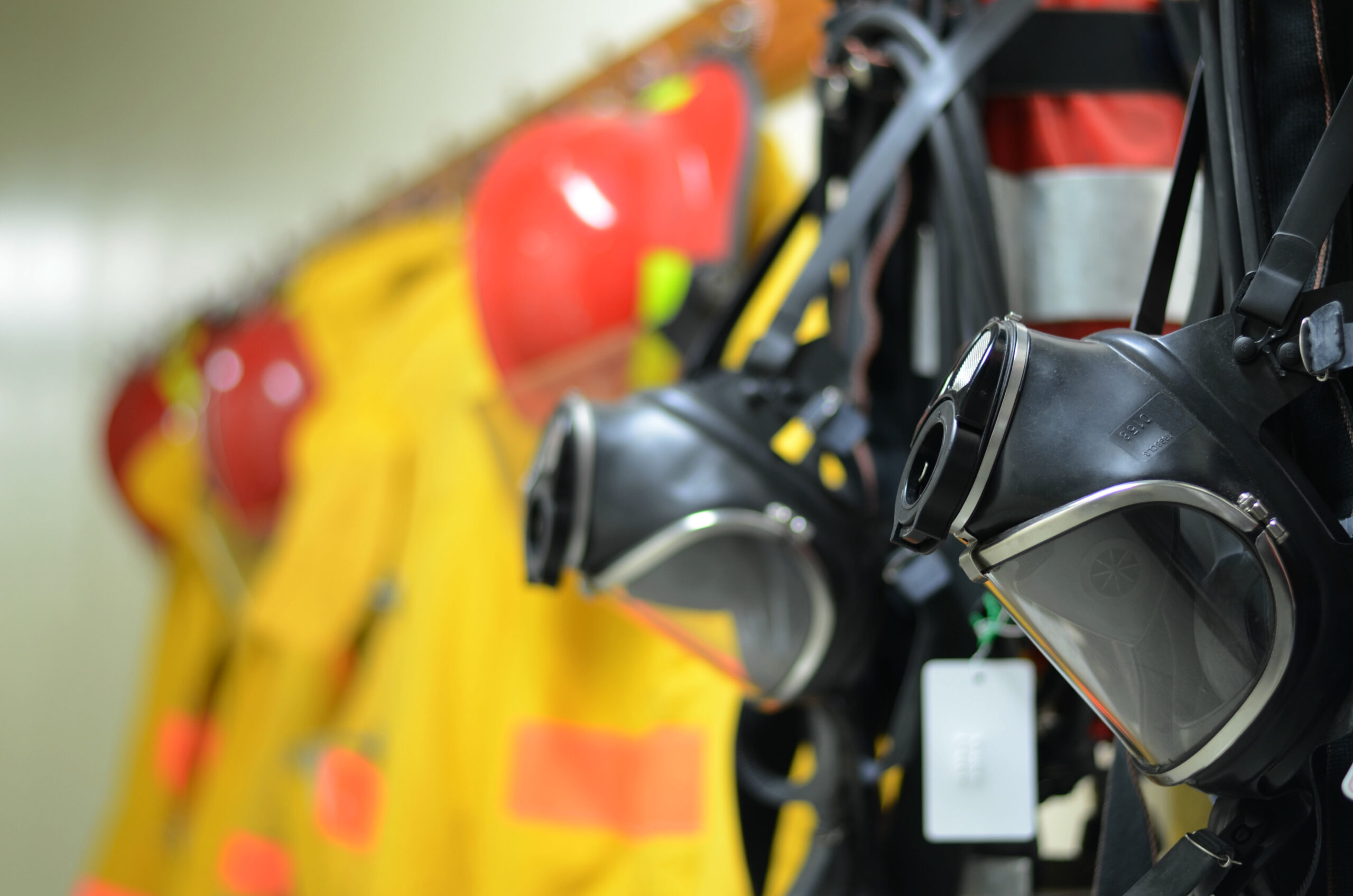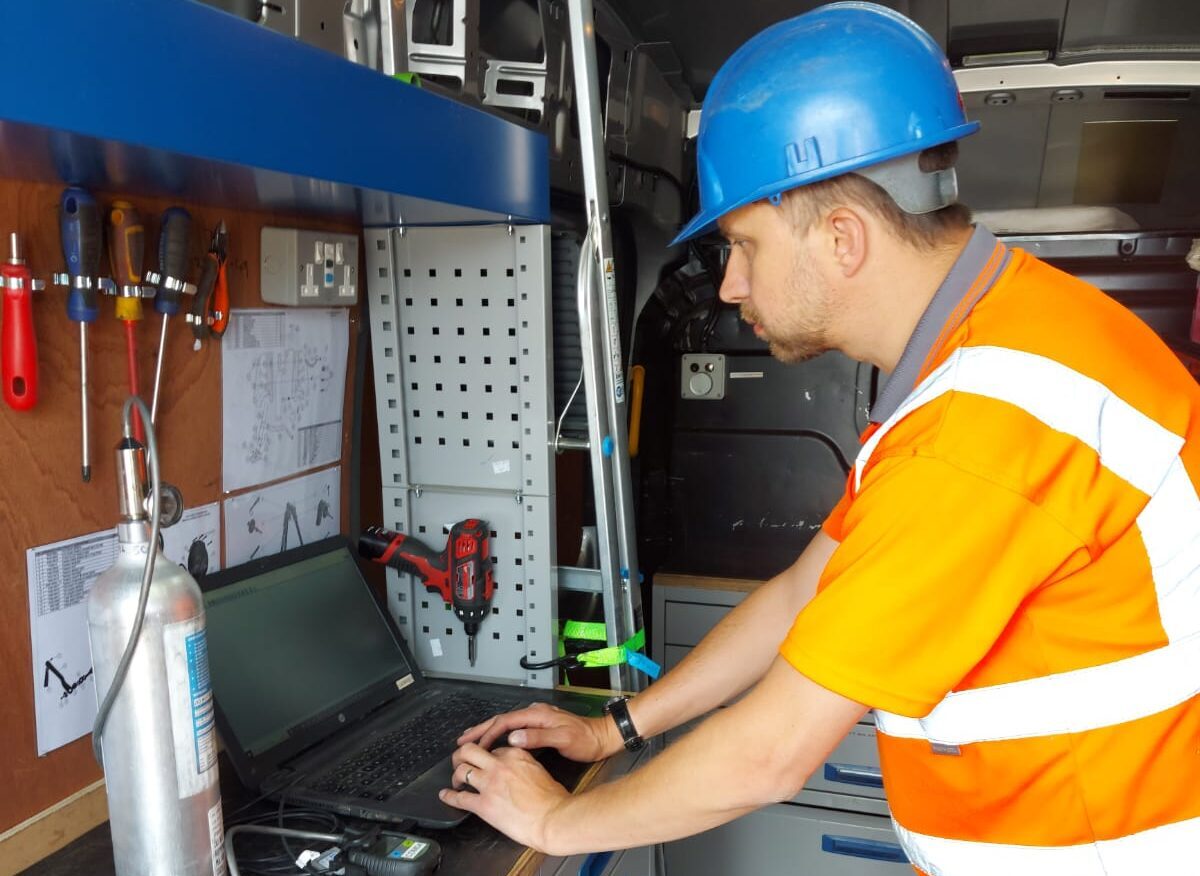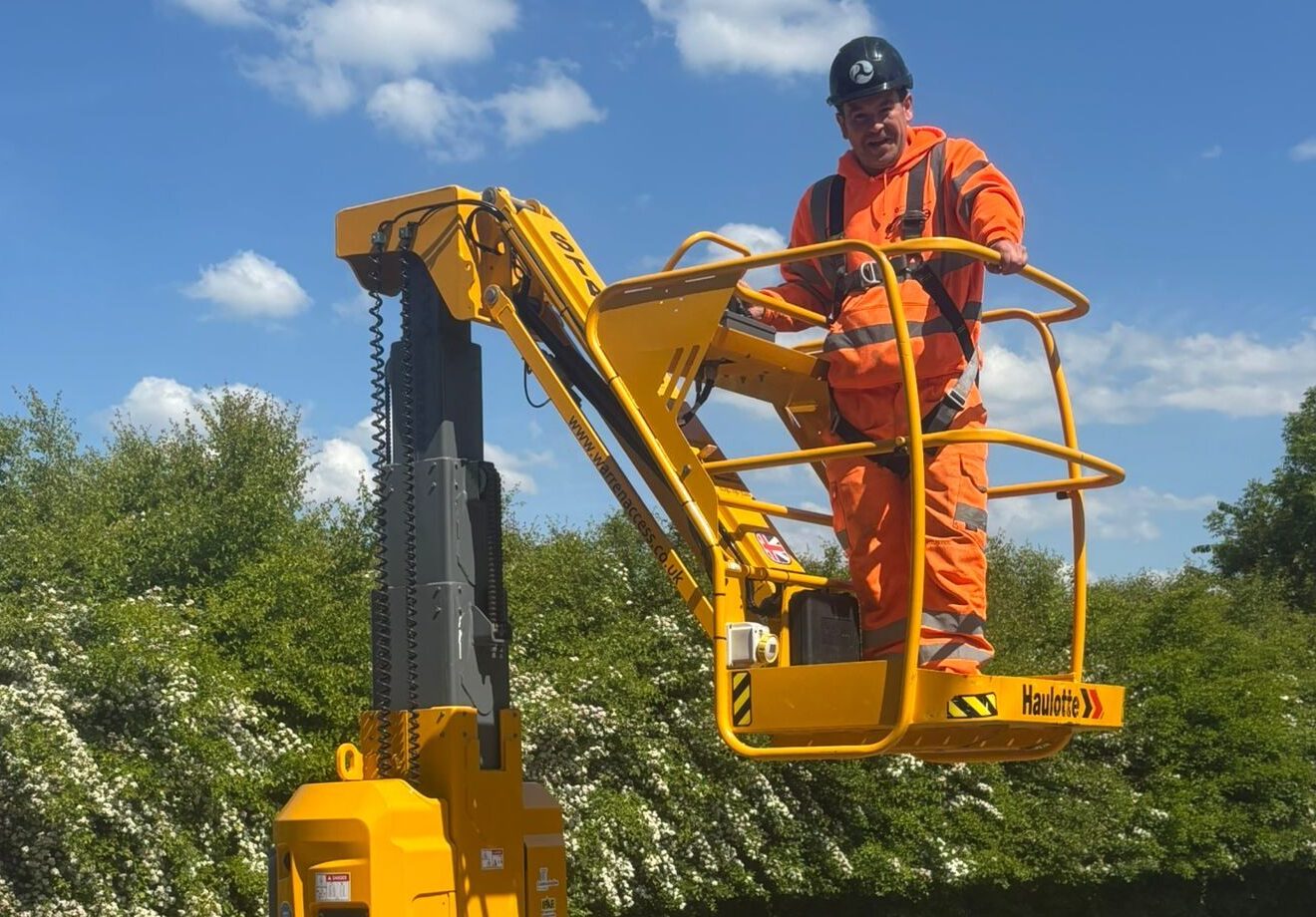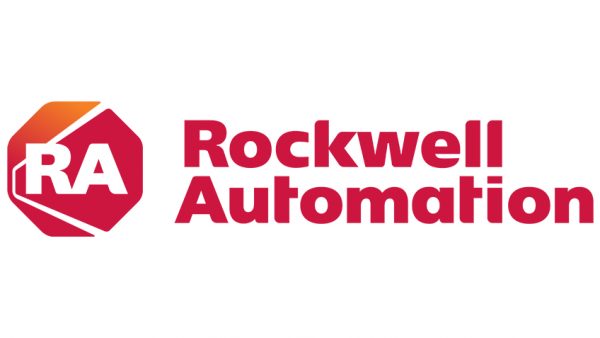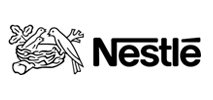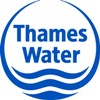Key Rescue Equipment Every Team Needs for High-Risk Environments
The most important factor in managing a rescue team is being prepared. This means you have personnel resources who are trained and qualified and available, and you have carried out a series of risk assessments which mean you know how to react to all possible situations you are likely to be faced with. A big part of that is rescue equipment.
While unexpected and unforeseen incidents can occur, a good safety plan and a comprehensive set of risk assessments should ensure you are prepared for all eventualities, and that means having suitable and sufficient rescue equipment to hand, that is ready to use.
How to identify what rescue equipment you might need
In terms of identifying key rescue equipment for a given scenario, a risk assessment should help you achieve this. But it is useful to break a potential incident down into three separate stages. Most rescue situations therefore require equipment that helps you:
- Reach and access the person or people
- Stabilise and apply first aid to the person or people
- Safely remove the person or people
You need to break down the types of rescue equipment you might need into those three categories first and foremost, but beyond that you will also need rescue equipment to help you communicate with people, to make the working environment comfortable and practical and to protect yourself while you are working in this environment.
Essential rescue equipment for a high-risk environment
Looking at the key stages identified in the section above, we can therefore apply these to the types of rescue equipment we might ordinarily need:
- Reaching and accessing a person – This would require items such as ropes, tripods and winches to enable you to traverse narrow gaps, heights and large drops.
- Stabilising and applying first aid – This could involve gas monitors and breathing equipment so that you can check atmospheric conditions and help a person stabilise their breathing. And a fully equipped first aid kit is also essential to attend to any immediate injuries which require attention and could hamper a person’s ability to be removed.
- Safely removing a person – Again this would require ropes, tripods and winches, but if attempting to transport people you would also need harnesses, stretchers, trolleys and fall arrest systems. This should allow for the fact that a person may not be able to put pressure on certain limbs, or their movement could be severely restricted by an injury or the anxiety and stress of the situation.
- Communications – Some sort of communication device will be needed in order for you to speak with the person or people trapped, if you can’t see or hear them, but also to communicate back to people waiting in a safe space. They need to know where you are, that you are also safe and what is happening.
- The working environment – You may need to set up temporary lighting to enable you to see what you are doing and to make the environment more practical.
- Protecting yourself – You will need to take a full set of personal protective equipment with you, which could include helmets, gloves and eye protection and clothing with knee and elbow protection. Depending on the specific environment, this may also need to be flame resistant, waterproof or insulated clothing.
- Specialist rescue equipment – There are certain environments where more specialist rescue equipment might be needed, such as having to work in confined spaces, having to work in areas of water which could be deep, very cold or contaminated and working in areas where there could be hazardous materials, such as chemicals, harmful airborne spores or bacteria. A thorough risk assessment should identify the specific types of rescue equipment required in these situations.
Ensuring you have effective rescue equipment
Identifying the types of rescue equipment you need for the potential incidents you might be faced with is only the first part of having an effective rescue plan. You also need:
- Available rescue equipment
- Effective and operational rescue equipment
- People trained to use the rescue equipment
This means that your comprehensive rescue plan needs to ensure that you always have the right rescue equipment available. You need to think about investing in rescue equipment if you face the potential situation where you always need it, or hiring rescue equipment for those situations where it might be needed, if such operations are only sporadic. If you have invested in your own rescue equipment you also need to ensure it is always operational and effective. This means you need to routinely service your rescue equipment so that when it is called upon and necessary, you know it is going to do its job. Finally, you need a nominated rescue team who are fully trained and competent in emergency scenarios and the types of rescue equipment involved. If you don’t have suitable personnel in-house, you can hire a rescue team to provide effective cover in situations where you need it.
At Civil Safety we can support you planning for rescue situations by providing rescue equipment sales and hire and by offering rescue equipment servicing. We can also provide rescue teams as well as training your own personnel in rescue situations, such as working in confined spaces and administering first aid. Contact our team at Civil Safety today and we can meet your essential rescue equipment needs.
